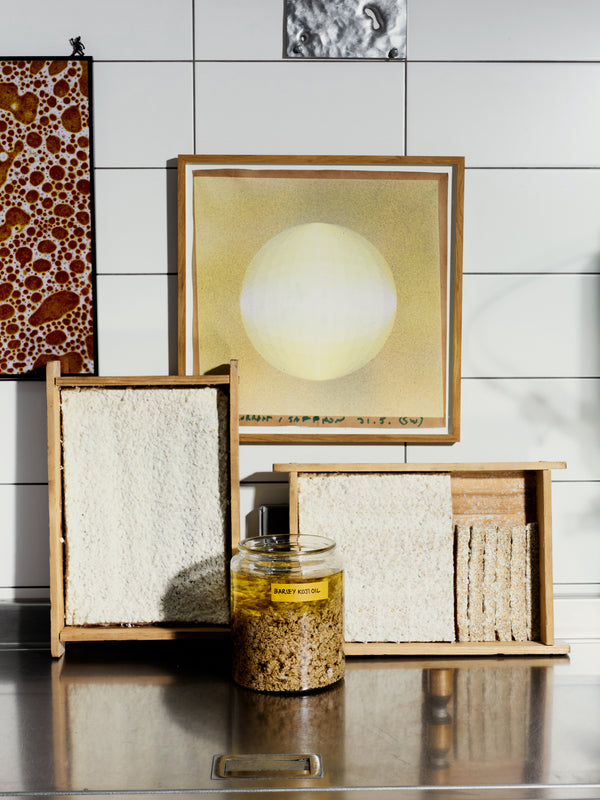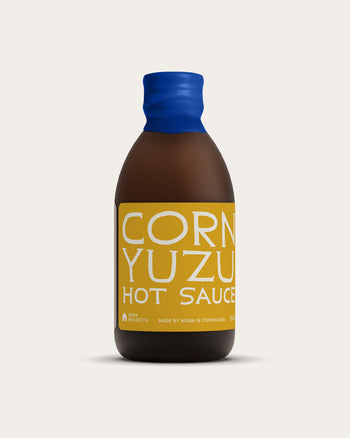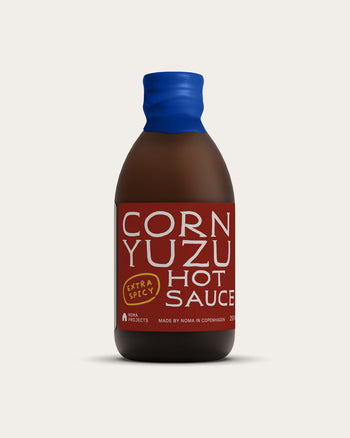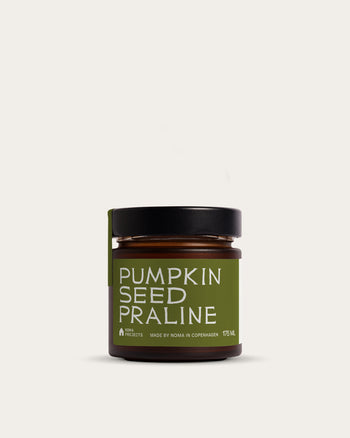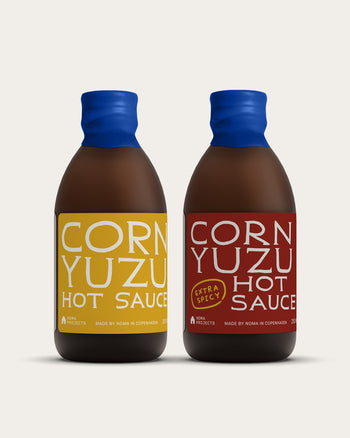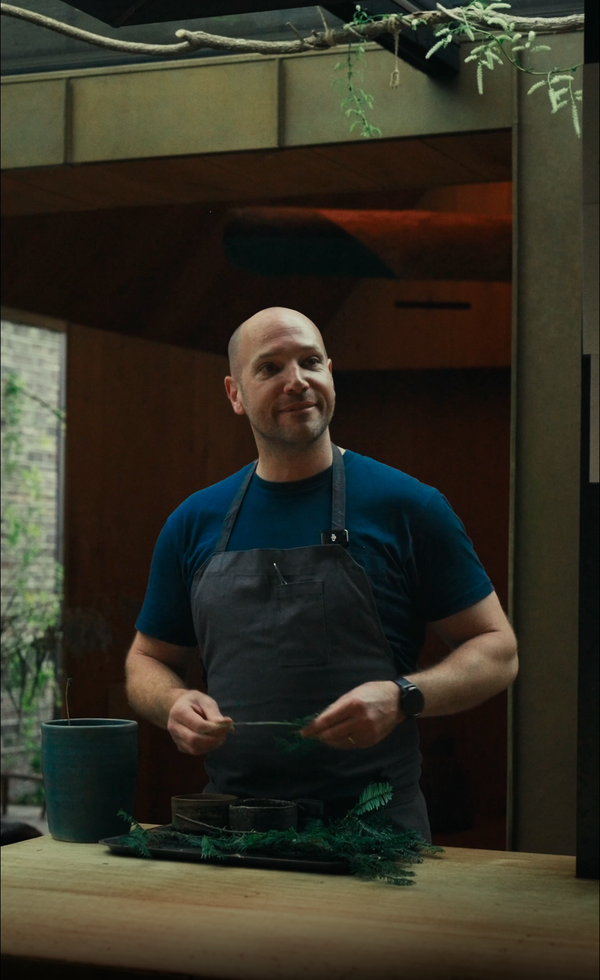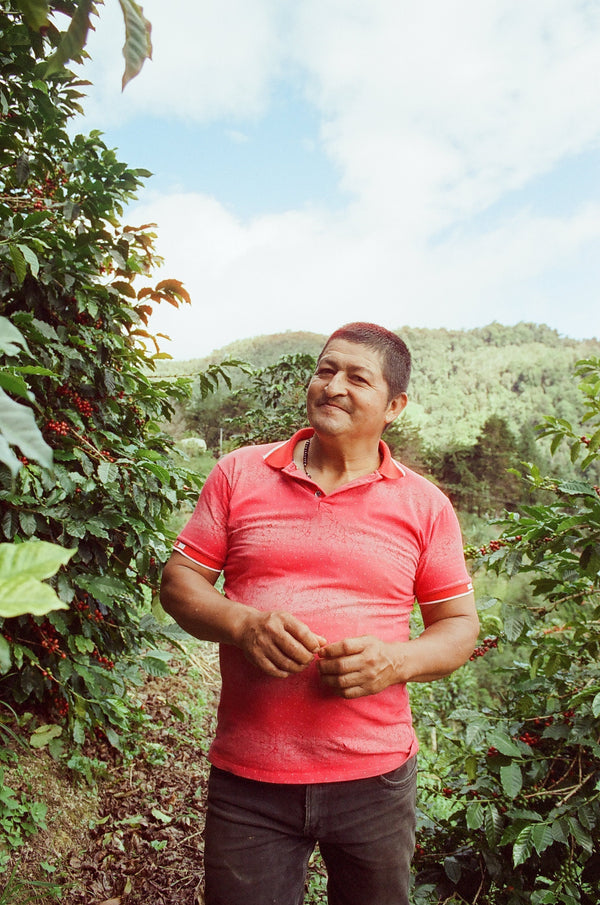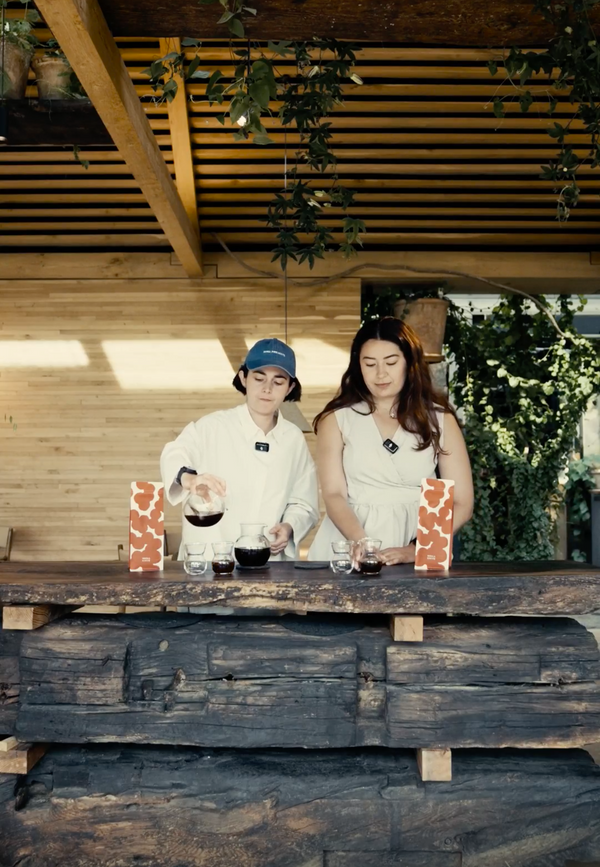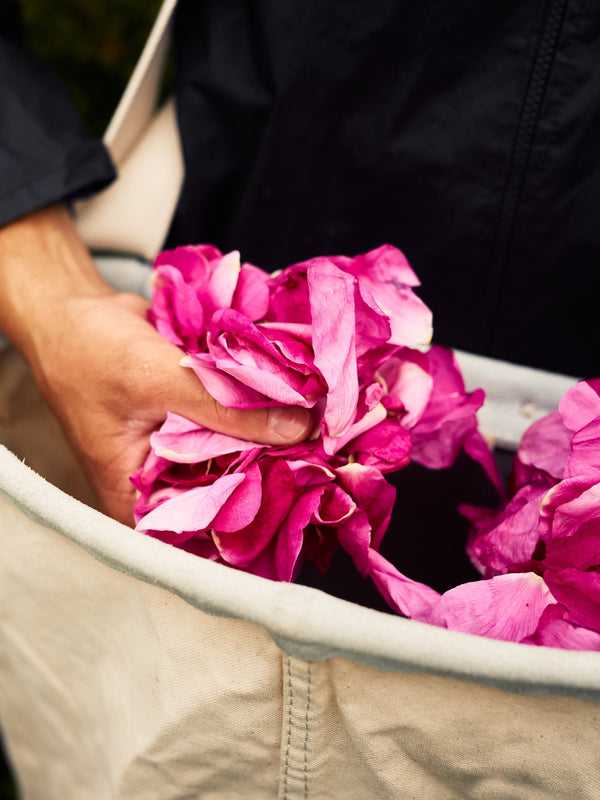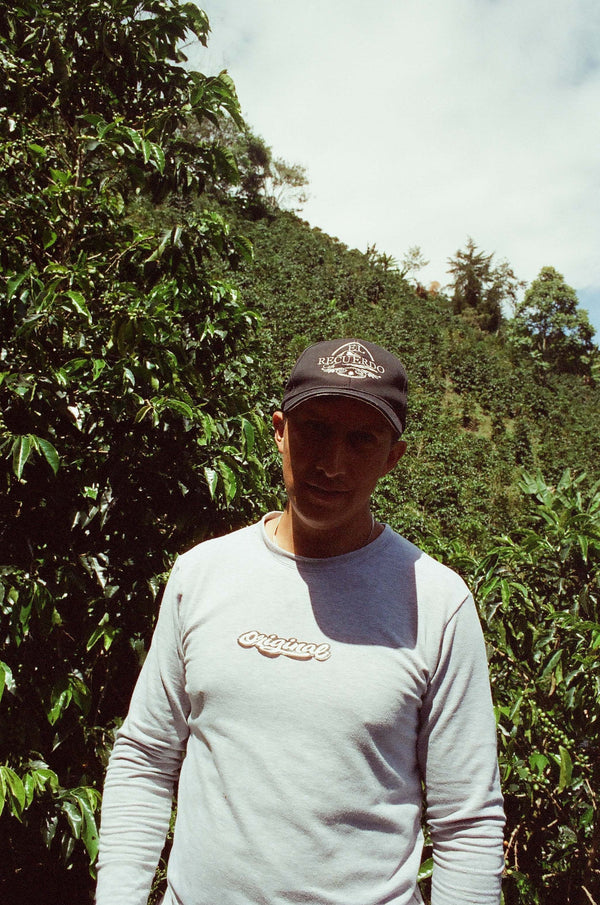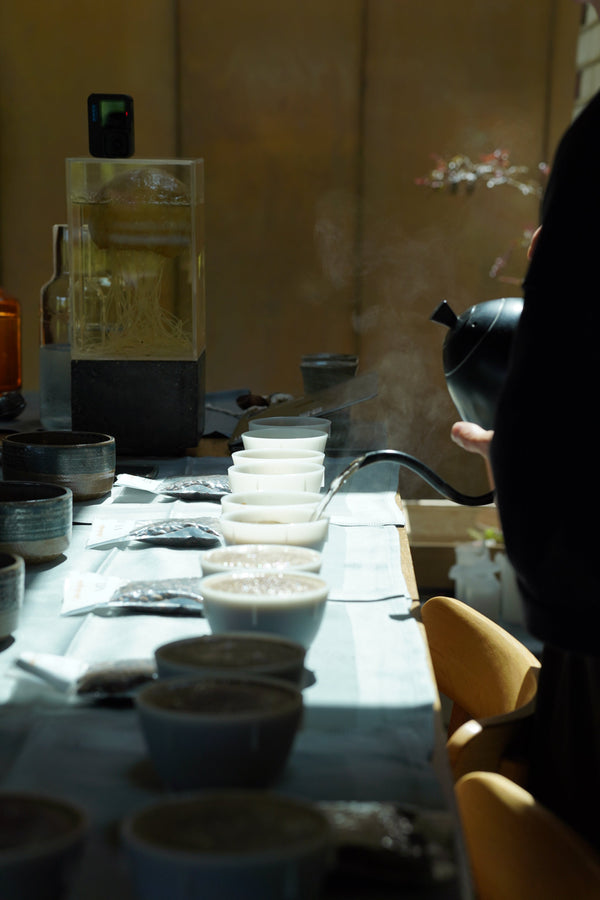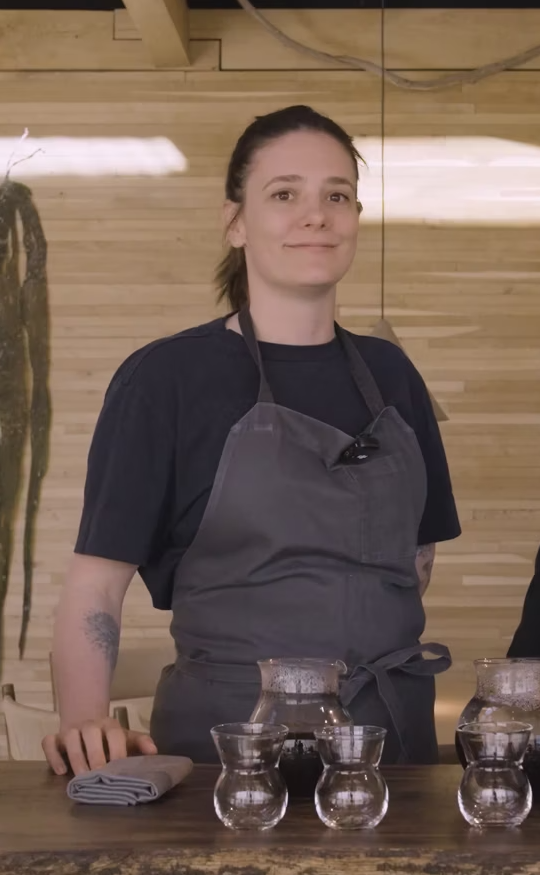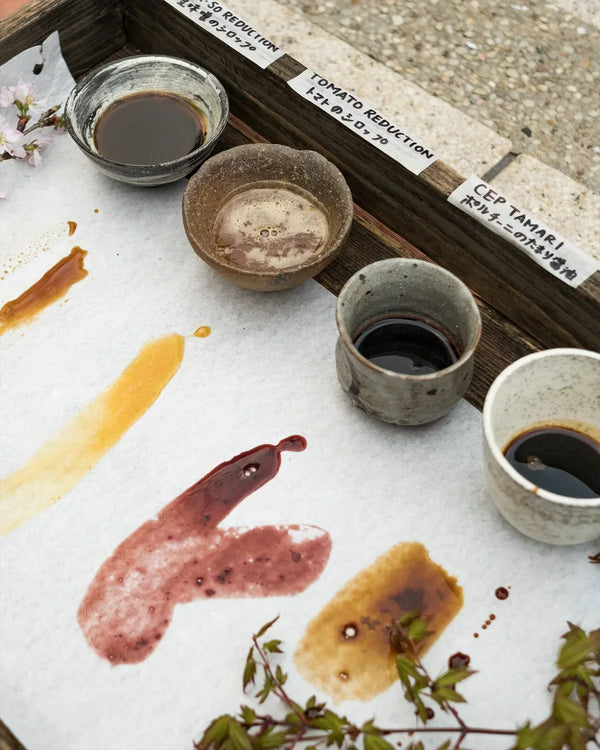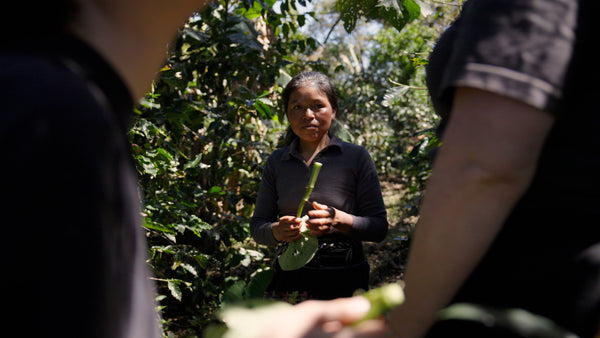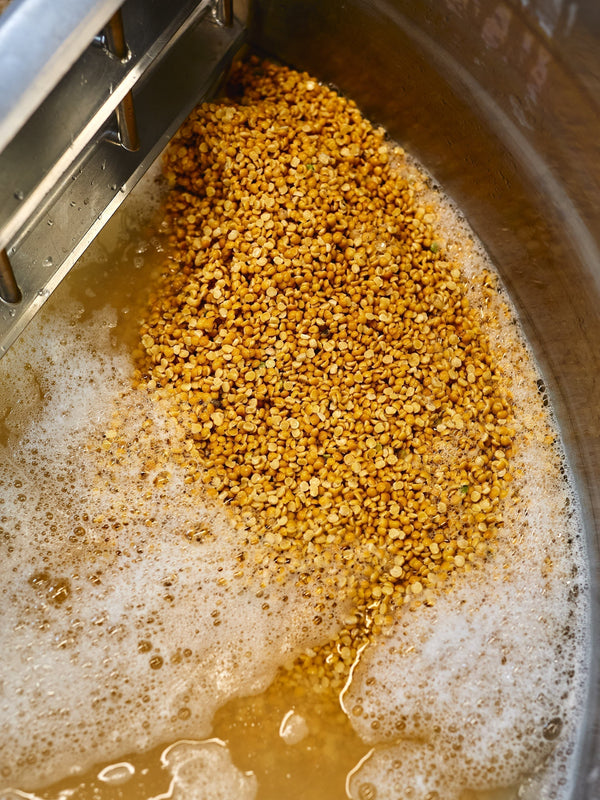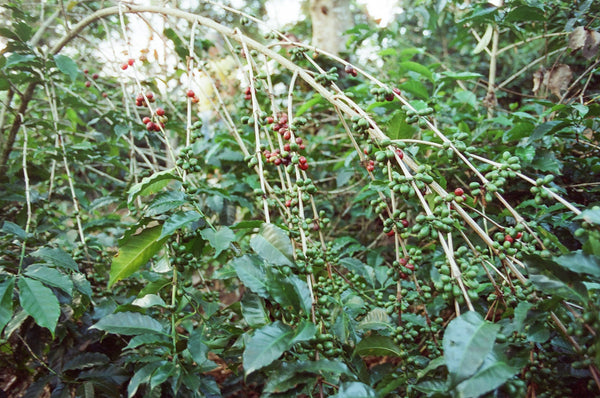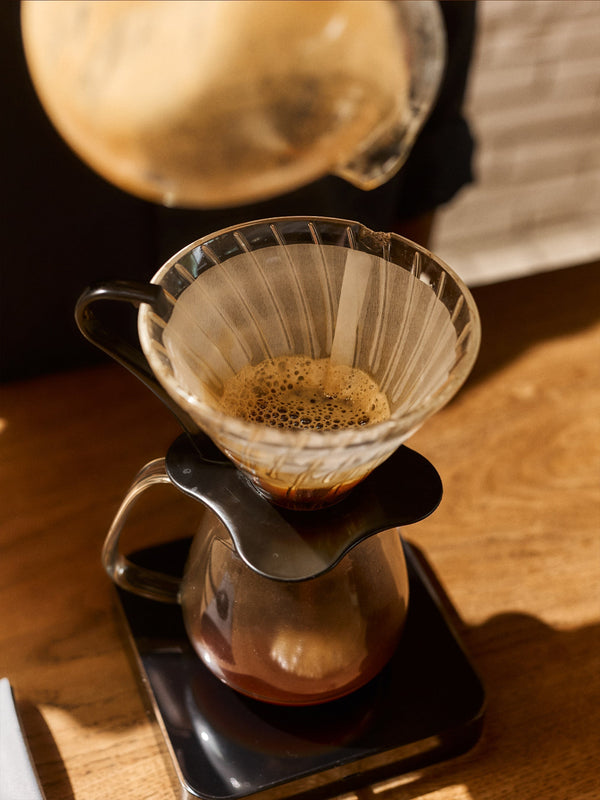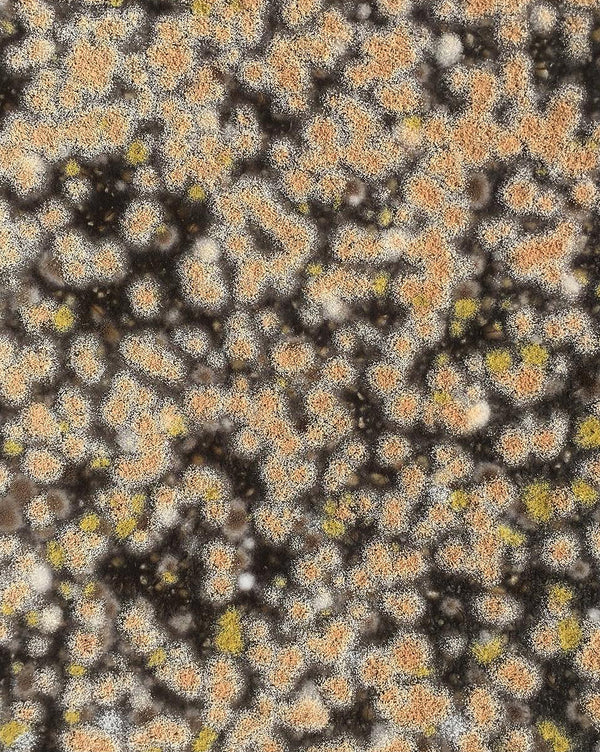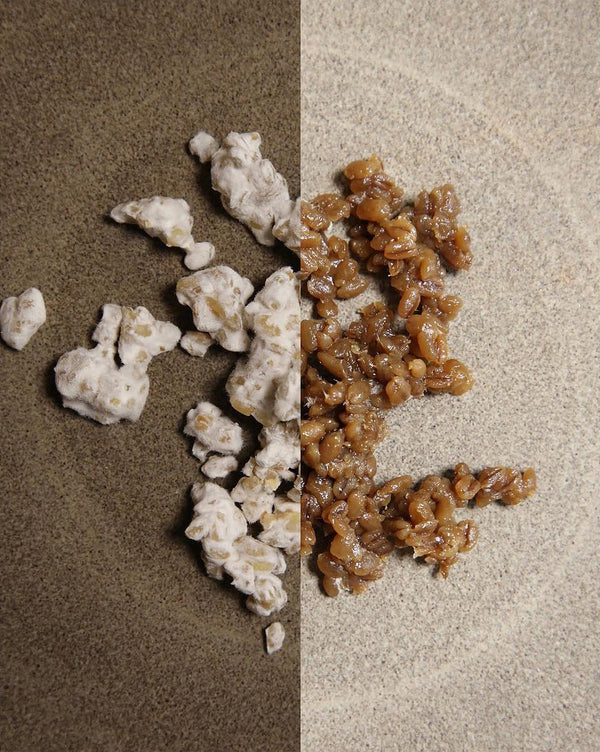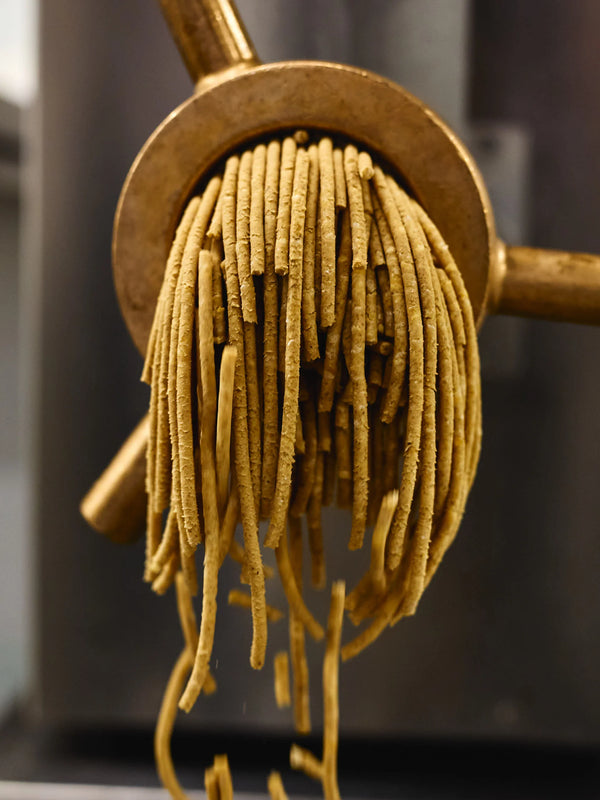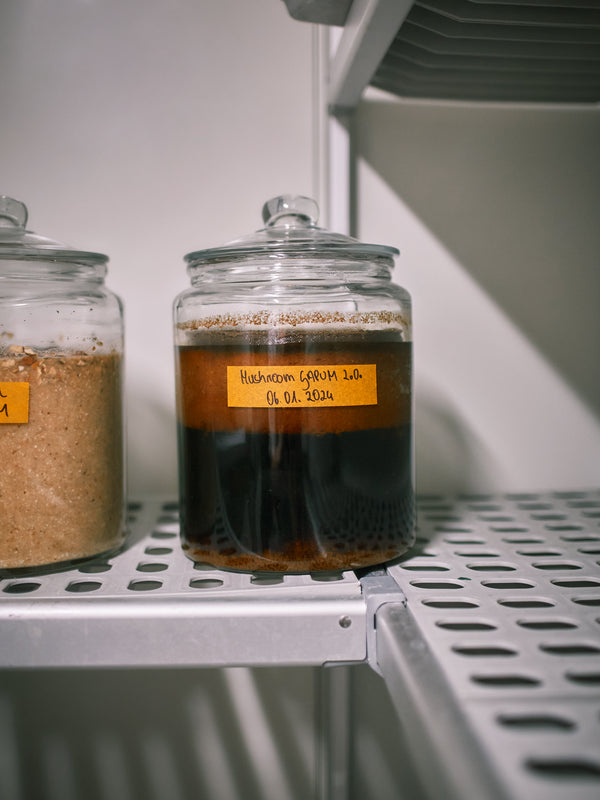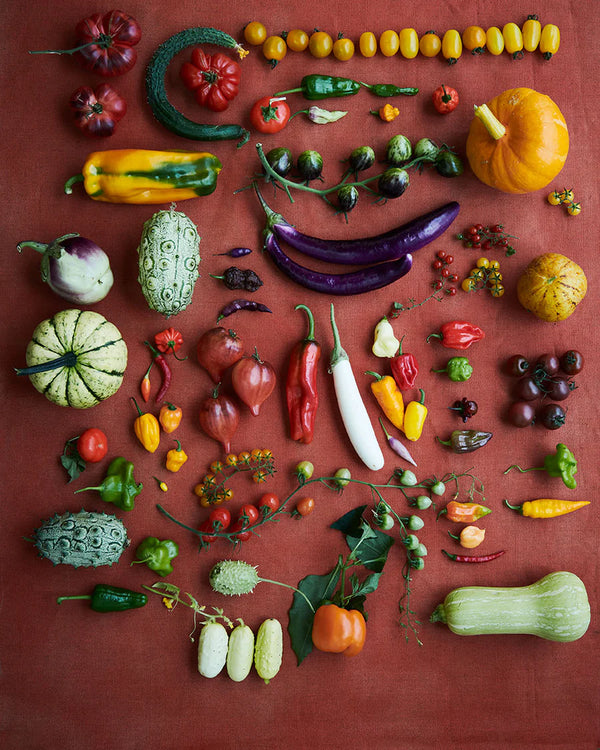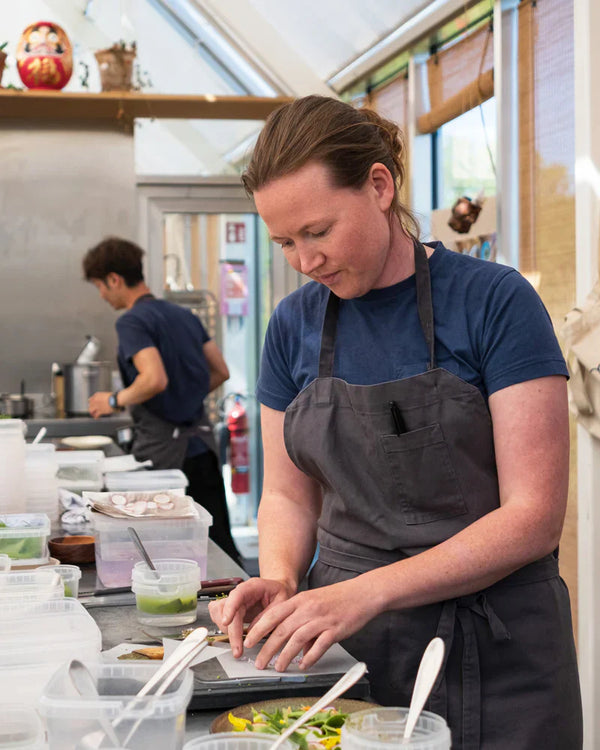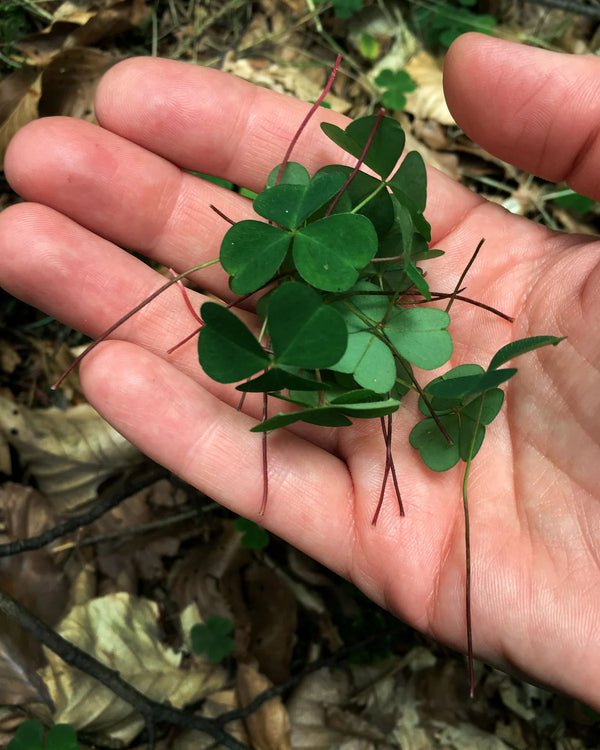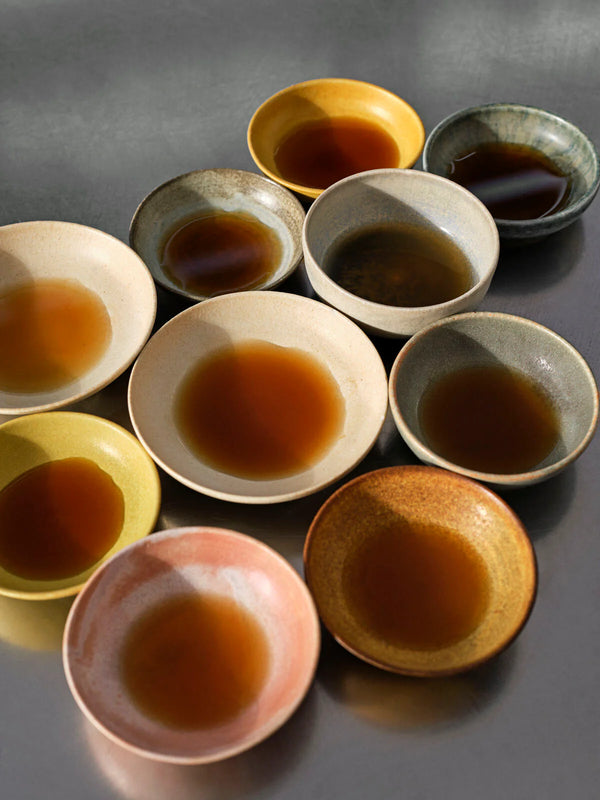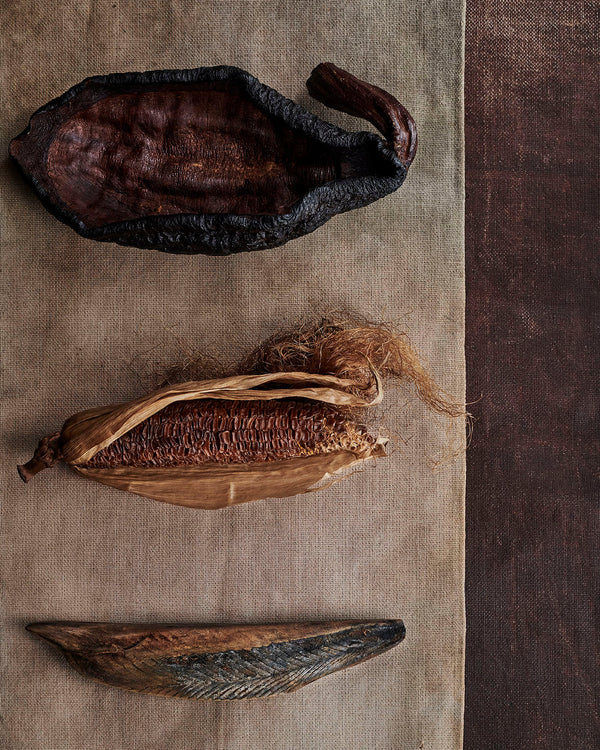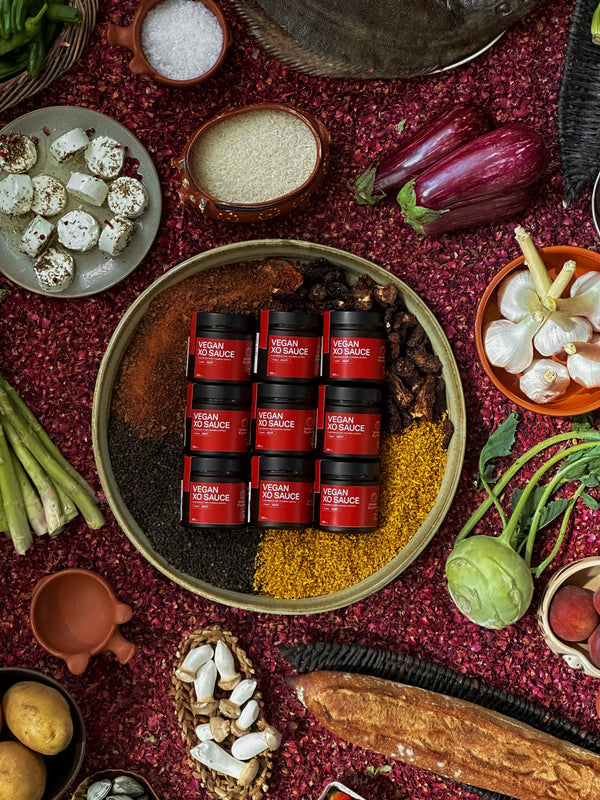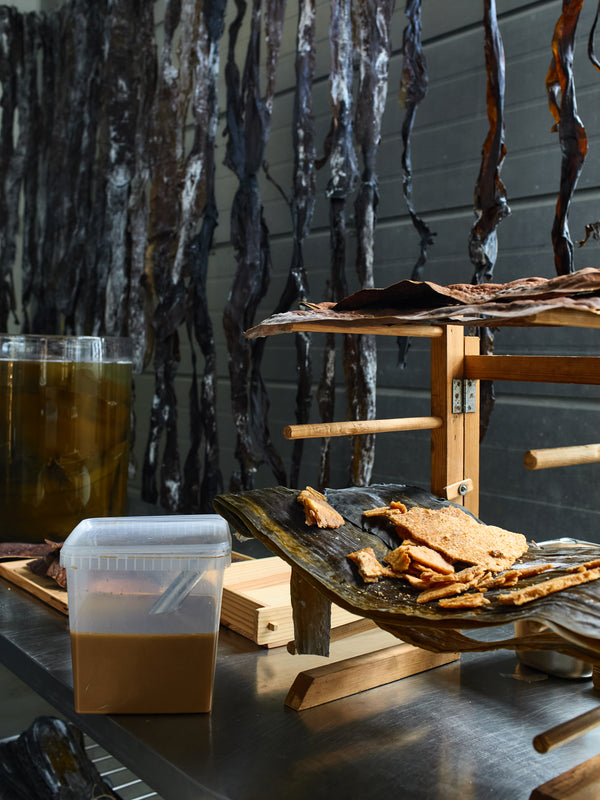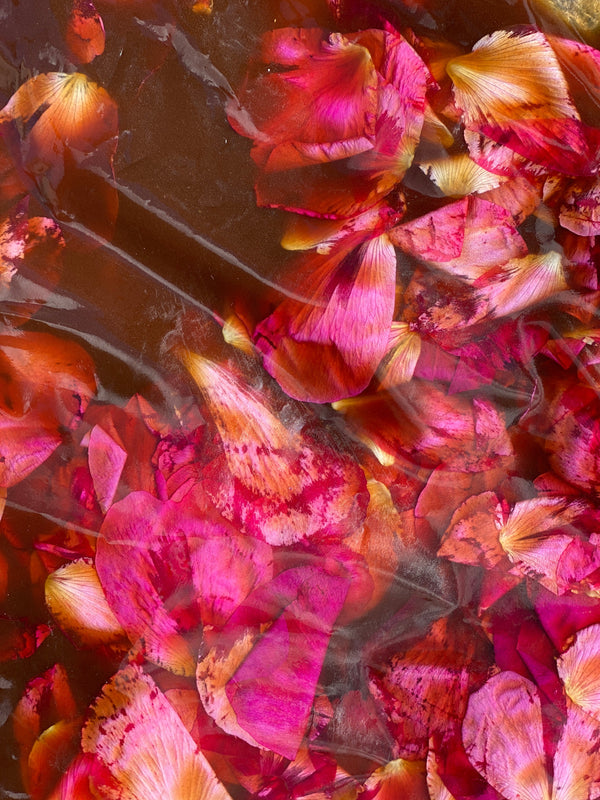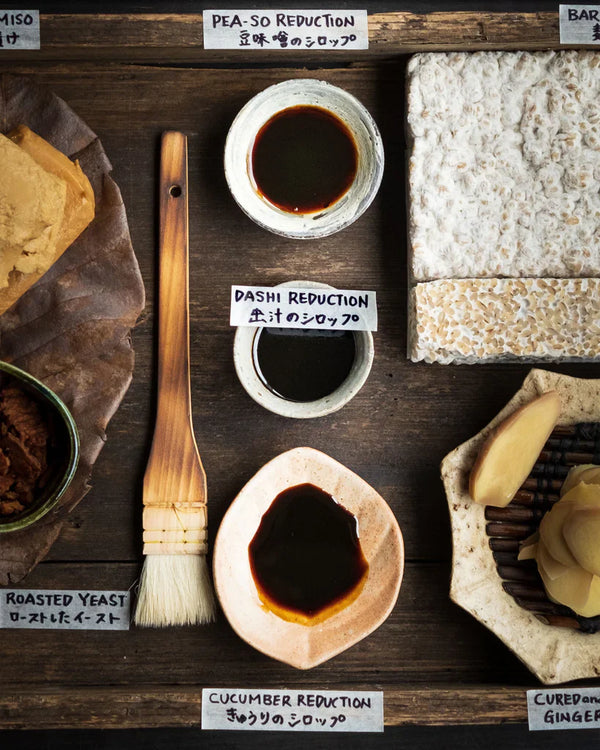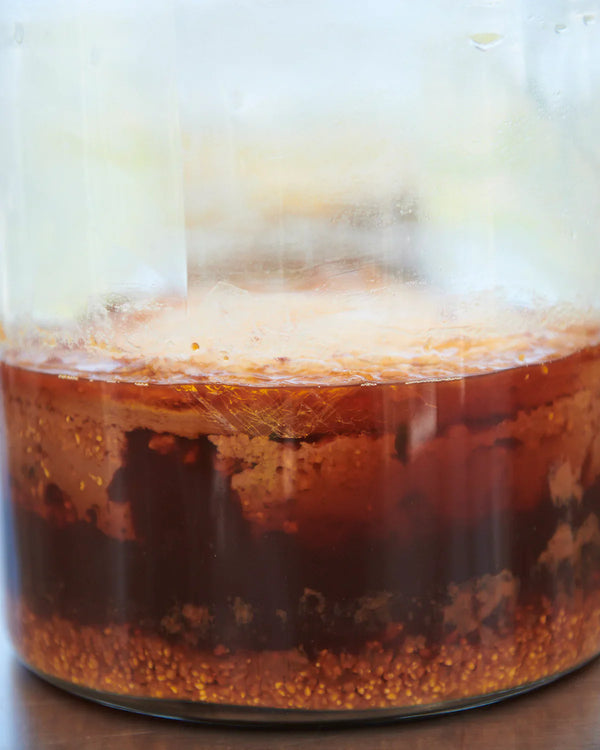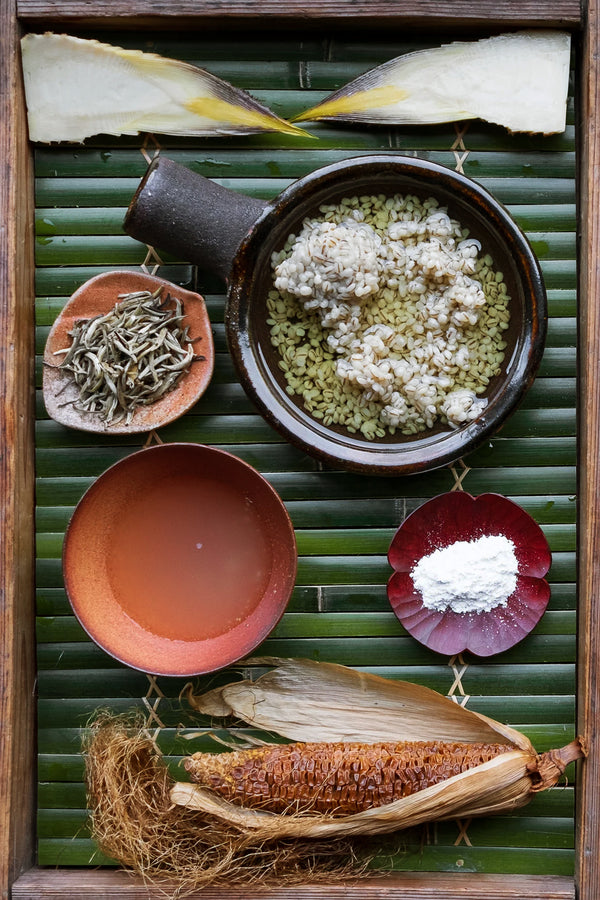When Noma first opened, vinegar was more or less the only tool we could depend on to instill our food with acidity. We’d pair the likes of, say, beets and apples, and find that they needed a bridge—something fruity, with acidity to link the earthiness and sweetness of the two main ingredients. Aged apple vinegars were often up to the task.
Before we really found our way with lacto-fermentation, most of the pickling we did at Noma was with vinegar. Here in Scandinavia, vinegar pickles are everywhere, likely because they’re so simple to make: Combine one part water, one part vinegar, and a little salt and sugar; add your fruits or vegetables; and let them sit. Vinegar-pickling plays less of a role at Noma now, but we still do a little bit of it with ingredients like shoots, mushrooms, and seasonal flowers. Potent blooms like elder- flower, rose petals, colt’s foot, chamomile, or dandelion flowers are left to mature in apple vinegar for at least a few weeks in the fridge, before the pickled flowers find their way into all sorts of dishes, from roasted bone marrow to desserts. As a happy side effect, the vinegar takes on the flowers’ hue and fragrance and can be used to bring tartness to both sweet and savory dishes, long after the pickles themselves are gone. The same method can be applied to nice effect with fresh fruits. Many of the fruit vinegars you find at grocery stores are produced by soaking fruit in neutral-flavored vinegars.
Balanced acidity is crucial to a meal at Noma, which is why we’ve always found vinegar to be such a powerful ingredient. The word vinegar comes from the Latin vinum acer—literally “sour wine.” But of course, that only scratches the surface of what vinegars can be. There are aged vinegars, such as balsamic, that have texture and sweetness. There are very strong vinegars that cut through anything with their acidity. On the other side of the spectrum, there are vinegars with very little acidity (only 1% or 2%) that you can drink straight from the bottle, or use as sauces in their own right. We make a vinegar from leftover fennel tops in the summer that’s a perfect example of the latter. The lower acidity lets the original flavor shine through, bringing an additional layer of brightness without detracting from the fennel.
You’ll find dozens of varieties of vinegar in a well-equipped supermarket, so even if you don’t choose to make your own vinegar, there’s no reason you can’t begin experimenting with the different applications we suggest in this chapter. But if you’re ready to go further down the rabbit hole, read on.

Acetic acid bacteria are rod-shaped, aerobic bacteria. While they may not be able to turn water into wine, they can turn wine into spectacular vinegars.
The Acid Test of Time
Vinegar is a kitchen pillar that is so ubiquitous and familiar that many people don’t think of it as a product of fermentation.
In fact, vinegar is made by the fermentation of alcohol into acetic acid by a large family of obligate aerobic bacteria (bacteria that need air to function). These acetic acid bacteria (AAB) encompass a wide array of species. They are omni- present and airborne and found on surfaces of most living things, including you.
As with kombucha, vinegar is a product of the collaboration between yeast and bacteria. First, yeast converts sugar to alcohol, then AAB convert the alcohol to acetic acid. The difference is that vinegar-makers will often select yeasts with a certain maximum threshold for alcohol, meaning the yeast will die off before it’s had the chance to consume all the sugars in the base liquid. (Alternatively, they will sometimes heat the alcohol to kill the yeast.) Otherwise, many yeasts aren’t adapted to survive acetic acid and will end up dying once the AAB takes over. Thus, whereas kombucha will continually grow more and more acidic until all available sugar has been converted to alcohol (and subsequently acid), vinegar will plateau at a certain acidity.
Varieties of vinegars around the world are as diverse as the cultures that produce them, often reflecting the alcoholic spirits native to the region. East to West, we can find vinegars fermented from rice, sorghum, millet, barley, kiwi, apple, honey, berries, coconut, and beyond. The fermentable sugars in most of these products are readily available, allowing yeast to get to work straightaway. With grains like rice and barley, enzymes must first break down the starch in the grain into fermentable sugars. (You can read about this in more detail in the koji chapter, page 211.)
The earliest vinegars were derived from products that had already been fermented into alcohol, and they were also almost certainly an accident. Before the advent of microbiology, the reasons alcohol would sour into vinegar were a mystery. As surely as the sun would rise and set, so too would wine become vinegar if left in the open air. The cause was anyone’s guess.

Humans have been fermenting wine, and subsequently vinegar, since at least 6000 BCE.
But that’s not to say that people were unfamiliar with the process of fermentation. People have been making alcohol from fruit for the entire duration of human civilization. In Iran, shards of urns dating back to 6000 BCE—excavated from what was once the kitchen of a Neolithic abode near the Zagros Mountains—display yellowish-red stains from wine. Thousands of years later, the ancient Egyptians were producing alcoholic grape beverages of their own. There’s evidence that as early as 3000 BCE, Egyptian kings were being buried with jars of wine in their tombs. Archaeologists have examined these jars and also found the residues of vinegar.
While ancient civilizations may not have known exactly why fruit turned to wine or wine to vinegar, they understood how it was happening, as evidenced by an Egyptian papyrus from the Ptolemaic period, The Instruction of Ankhsheshonq, which contains a note on the preservation of wine: “Wine matures as long as one does not open it.” Two millennia later, the demystification of vinegar was much more than a culinary leap—it upended the way we understood nature.
Until midway through the eighteenth century, the prevailing wisdom was that everything on earth was composed from four basic elements: fire, water, earth, and air. Antoine Lavoisier, one of the founders of modern chemistry, was the first person to suggest that air was not a pure, immutable substance, but rather a combination of components, including oxygen (a term he coined from the Greek words for “acid former”). Through rigorous experimentation using nonmetals such as sulfur and phosphorous, he correctly deduced that oxygen was being removed from the surrounding air when the elements were burned. The products of those reactions were acids. By extrapolating these results, Lavoisier came to the conclusion that the transformation of wine into vinegar occurred because of oxygen in the air, through the process of “oxidation” as carried out by AAB.

Antoine Lavoisier: a pillar of modern chemistry and one of the first to understand how wine becomes vinegar.
This cognitive leap spread across Europe and led to advancements in vinegar production that exploited the idea of oxidation. Vinegar-makers were able to speed up the process by increasing the surface area of wine. German vinegar- makers developed “the quick process” to drip wine through loosely packed wood chips while simultaneously blowing the liquid with fresh air. Hundreds of years later, artisans still employ the method.
We take advantage of the same idea in our own way at Noma. Using a common air pump—the kind you’ll find in the aquarium section of any pet store—we send air through our would-be vinegar, providing AAB with the oxygen they need to work quickly. By treating our bacteria as if they were pet goldfish, we can cut our fermentation time from a few months to a couple of weeks. You’ll find more details in the in-depth recipe for Perry Vinegar (page 173).
The Quicker Quick Process
At Noma, we make several vinegars the traditional two- stage way—fermenting alcohol from a raw product, then allowing AAB to produce vinegar from the alcohol— using our take on the quick method.
From start to finish, a two-step vinegar fermentation looks like this:
-
Inoculate sweet fruits or vegetables with yeast. Allow to ferment for 10 to 14 days, or until the liquid has an alcohol by volume (ABV) of 6% to 7%.
-
Strain the alcohol and heat to 70°C/158°F to kill any remaining yeast.
-
Transfer the liquid to large mason jars and backslop with a previous batch of vinegar. (See page 33 for more on backslopping.)
-
Run an air pump attached to an air stone (a piece of porous rock or metal that diffuses air in small bubbles). Ferment for 10 to 14 days, or until all the alcohol has been converted to acid.
That’s how we produce excellent vinegars from pears, apples, and plums. However, you can also make compelling vinegars from products that can’t be fermented into alcohol. Vegetables like celery or fennel contain too little sugar for yeast to produce enough alcohol for AAB to work with. Even if the yeast could convert all the available sugar to alcohol, it would take a long time, leaving the liquid vulnerable to infection by unwanted microbes, which could introduce off-flavors or spoil the batch outright.
In order for AAB to produce a vinegar of about 5% acidity, they need to work in a liquid with a total alcohol content of 6% to 8% ABV. Fruits or vegetables with a sweetness of less than 14°Bx (see page 118 for more about the Brix scale) will generally not have enough sugar to reach the required ABV with enough left over to provide the sweetness you need for a balanced vinegar. In cases like this, we make up the difference by feeding the AAB with distilled ethanol.

Through fermentation, ethanol (C₂H₅OH) turns into acetic acid (CH₃OOH).
Ethanol, or ethyl alcohol, is what’s found in alcoholic beverages. When sold in its pure form, ethanol is sometimes referred to as NGS (neutral grain spirit) or “rectified spirit”— a distilled product with a maximum ABV of 96% (with the other 4% being water). There are a few brands of alcohol that are bottled near that percentage, such as Everclear and Gem Clear in North America, or Primaspirit in Europe, all of which work perfectly for vinegar production. Avoid “denatured ethanol” or anything with a listed ABV of 100%. Don’t use any product with isopropyl alcohol, methyl ethyl ketone, or anything other than ethyl alcohol or water as an ingredient. Such products are not safe for consumption. If you can’t find ethanol, another low-flavor alcohol like vodka will work, although you’ll need more of the spirit by volume to yield the same starting alcohol content. For example, if a recipe calls for 100 grams of 96% ethanol, 130 grams of 75% (150-proof ) vodka is required to reach the same alcohol content. (See “If You Can’t Find Ethanol, Use Vodka,” page 189.)
By adding ethanol to fruit or vegetable juice, vinegar making effectively becomes a one-stage fermentation. AAB can get to work right way, without ever needing yeast to propagate and create alcohol from the base. The sugar in the juice will go unfermented and provide balance to the final product. By going this route we’ve made vinegars from seaweed stocks, carrots, cauliflower, beets, squash, and more.
Perhaps an existential question may occur to you: “Why not just add acetic acid to the juice and skip the whole fermentation process?”
We strive for complex and intriguing flavors in our ferments at Noma, and as with many cooking processes, what you gain in a shortcut leaves much on the cutting-room floor. White vinegar is fermented from pure ethanol and then diluted to an acetic acid content of around 5%. It’s relatively harsh and unnuanced, though it has its place in some cuisines. When AAB ferment vinegar, they can produce metabolites other than acetic acid, such as gluconic acid and ascorbic acid, that bring character and depth to vinegar. Plus, there are any number of unpredictable secondary reactions taking place in the fermentation process—some flavors get muted and new ones come forth. These are the qualities of good vinegar. It’s the minutiae that make the difference.
—
To keep reading: Order your copy of the The Noma Guide to Fermentation today.


